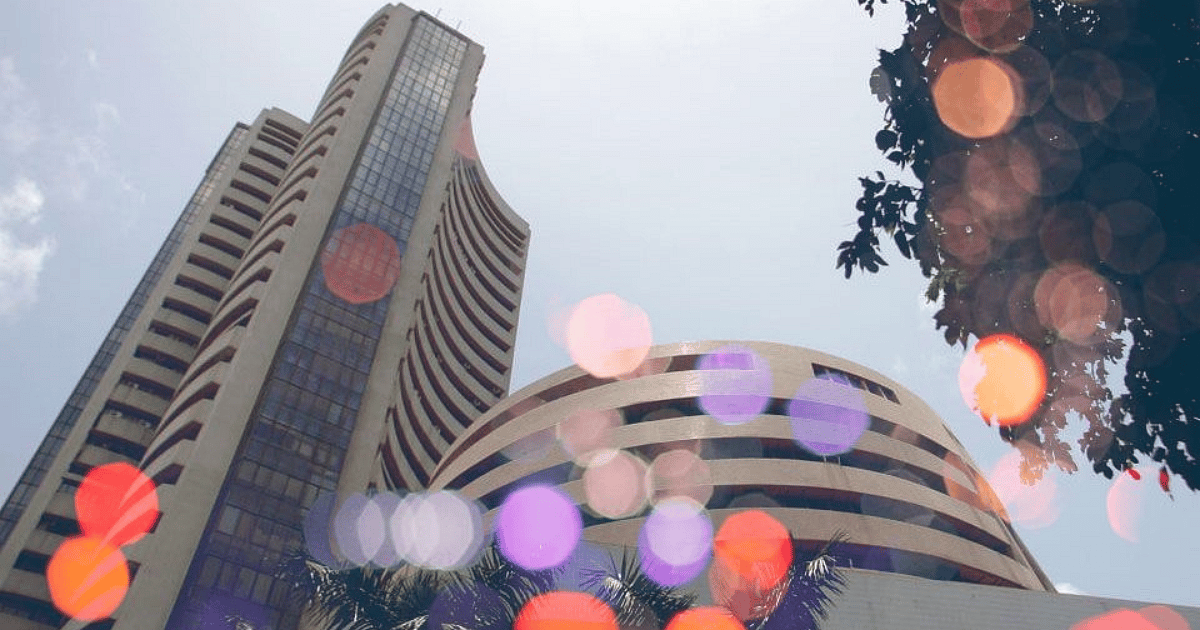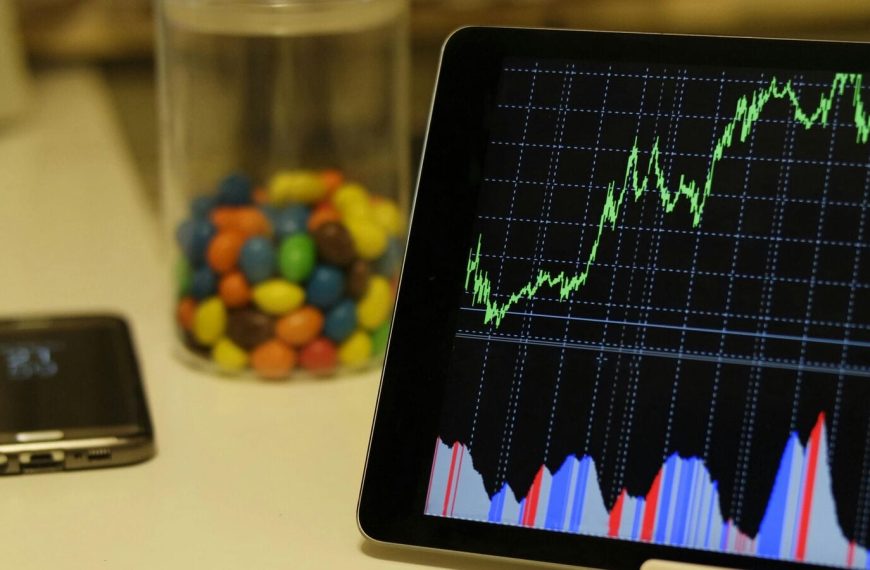The Indian stock market experienced a significant downturn on Monday, with the Nifty 50 index plunging by approximately 3.5%, settling at 22,102.95, while the Sensex witnessed a 3.2% drop to reach 72,904.76. This sudden decline has raised concerns about the potential activation of a market-wide circuit breaker, which could halt trading and create further instability.
Current Market Conditions
As the Nifty 50 and Sensex continue to fall, investors are left in a state of uncertainty. Under the rules set by the National Stock Exchange (NSE), trading can be suspended if the indices drop by 10%, 15%, or 20% within a single trading session. The specifics of the halt depend on the timing of the downturn:
- A 10% decline before 1 PM results in a 45-minute trading pause.
- A 15% drop after 2 PM leads to a suspension for the remainder of the trading day.
- A 20% plunge will trigger an immediate stop in trading, regardless of when it occurs.
Monitoring the Situation
With the market already down more than 3%, traders and analysts are keenly watching to see if this downward trend will persist and breach the initial circuit breaker threshold. The financial landscape has become increasingly volatile, prompting discussions about the factors contributing to this steep decline.
Impact on Investors
The current market conditions have had a profound effect on investors, with reports indicating that nearly ₹7 lakh crore has been wiped off the market’s value, primarily due to escalating tensions in global trade. This situation serves as a reminder of how external factors can influence domestic markets and impact investor confidence.
Investors are advised to stay informed and consider strategic adjustments to their portfolios in response to the evolving market dynamics. For more insights on navigating market volatility, check our latest analysis on stock investment strategies.
As we continue to monitor these developments, it’s crucial to remain proactive and prepared for any further market fluctuations.











